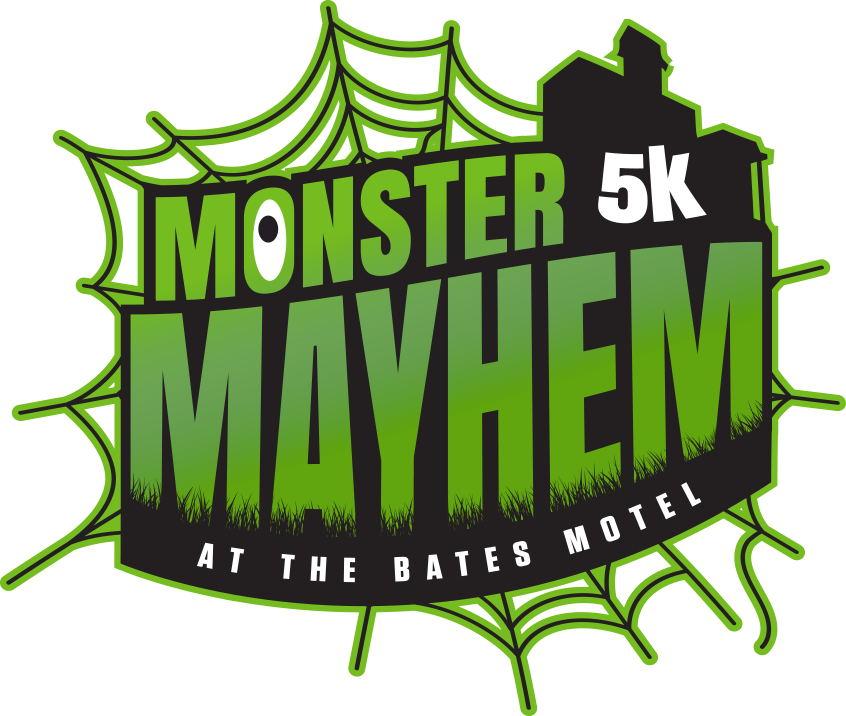
What is a Concussion?
A concussion is a type of brain injury caused by a blow or jolt to the head. It can occur during sports, accidents, or even a simple fall. Concussions can affect a child’s brain function, leading to a range of physical, emotional, and cognitive symptoms. Proper care is crucial for a safe recovery and to prevent long-term complications.
Signs of a Concussion
It’s important to watch for signs that your child may have sustained a concussion, even if they don’t immediately show symptoms. These may include:
- Physical Signs:
- Loss of consciousness (though not always)
- Dizziness or balance problems
- Nausea or vomiting
- Headache or pressure in the head
- Sensitivity to light or noise
- Blurry or double vision
- Difficulty walking or uncoordinated movements
- Behavioral Changes:
- Irritability or mood swings
- Increased emotional sensitivity
- Difficulty sleeping or excessive drowsiness
- Cognitive (Thinking) Symptoms:
- Difficulty concentrating or remembering
- Confusion or feeling “foggy”
- Slower reaction time
- Trouble following instructions or completing tasks
What to Do If You Suspect a Concussion
1. Immediate Action:
- Remove your child from play: The moment a concussion is suspected, the child should be taken out of the activity or sport to prevent further injury.
- Seek medical attention: It’s essential to consult a healthcare professional as soon as possible for an evaluation. Sometimes symptoms appear later, so even if they seem fine right after the injury, a doctor’s visit is still necessary.
2. Do NOT return to play right away:
- The brain needs time to heal. Returning to sports or physical activities too soon increases the risk of a more serious injury called Second Impact Syndrome, where a second concussion occurs before the first has healed, which can be life-threatening.
Symptoms to Monitor Over Time
Concussions can cause symptoms to develop hours or days after the injury. If any of these occur, seek immediate medical attention:
- Persistent or worsening headache
- Seizures
- Inability to stay awake or extreme drowsiness
- Weakness or numbness in the arms or legs
- Slurred speech
- Difficulty understanding or responding to questions
Importance of Rest and Recovery
After a concussion, rest is critical to allow the brain to heal. This includes:
- Physical rest: Avoid any physical activities that could risk another head injury.
- Mental rest: Limit activities that require concentration, such as reading, screen time (TV, computer, phones), and schoolwork. A gradual return to mental activity should be discussed with a doctor.
- Sleep: Ensure your child gets plenty of sleep and maintains a regular sleep routine.
The Gradual Return to Activity (Return-to-Play Protocol)
Children and teens should never return to physical activity or sports without medical clearance. The return-to-play process involves a step-by-step protocol supervised by a healthcare professional:
1. Rest (24-48 hours): Complete rest with no physical or cognitive activities.
2. Light aerobic exercise (e.g., walking or stationary cycling): If no symptoms, continue to step 3.
3. Sport-specific exercise: This could include running, light drills, or swimming (without contact).
4. Non-contact training drills: Increased intensity of sport-specific exercises, including skill work or short sprints.
5. Full-contact practice: Full participation in practice if tolerated.
6. Return to play: Full participation in sport with medical clearance.
Each step should be completed without symptoms before advancing to the next level.
Long-Term Effects and Risks of Concussions
While most children recover from a concussion with proper care, repeated concussions or not following recovery guidelines can have long-term effects. Some risks include:
- Post-concussion syndrome: Ongoing symptoms such as headaches, difficulty concentrating, and irritability lasting for weeks or months after the injury.
- Second Impact Syndrome: A rare but serious condition where a second concussion occurs before the first has healed. This can lead to severe brain damage or even death.
- Chronic traumatic encephalopathy (CTE): A degenerative brain disease linked to repeated head injuries, commonly seen in contact sports players after many years.
Tips for Parents and Guardians
1. Prevention is Key:
-
- Encourage safety during sports, including the use of appropriate protective gear.
- Make sure children learn and follow safe play techniques in sports and physical activities.
- Create a safe home environment to prevent falls and accidents.
2. Communicate with Coaches and School Staff:
-
-
- Make sure coaches and teachers are aware of any concussions your child has had. This ensures they know how to manage the child’s return to activity and provide the necessary support.
- Keep an open line of communication with your child’s healthcare provider.
-
3. Monitor Recovery Progress:
-
-
-
- Be patient: Recovery from a concussion can take time, often several weeks. Rushing the process can lead to further harm.
- Encourage your child to rest and avoid activities that could reinjure them.
-
-
When to Seek Help
If you notice any concerning symptoms or if your child’s symptoms don’t improve, it’s important to seek medical advice. This can include:
- Worsening headaches or vomiting
- Confusion or significant changes in behavior
- Difficulty waking up or staying awake
- Seizures or difficulty speaking
Conclusion: Protecting Your Child’s Brain Health
Concussions are serious, and understanding the signs and symptoms is key to ensuring your child receives the proper care. Early recognition, rest, and following medical advice for a gradual return to physical activity are essential to reduce the risk of further injury. By being proactive and vigilant, you can help your child recover safely and protect their long-term brain health.
For more information, please consult your healthcare provider or visit trusted organizations like the Centers for Disease Control and Prevention (CDC) for guidelines on concussion management and recovery.






